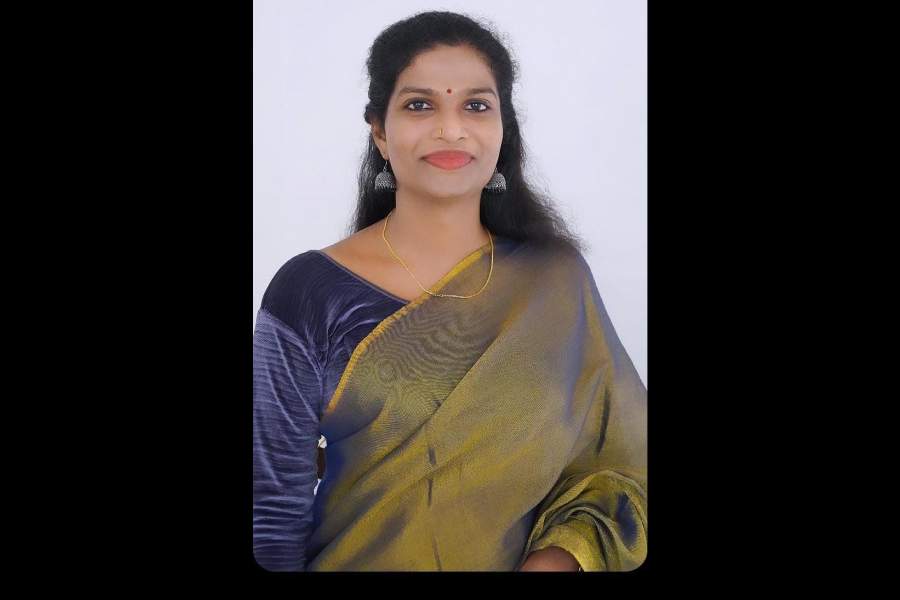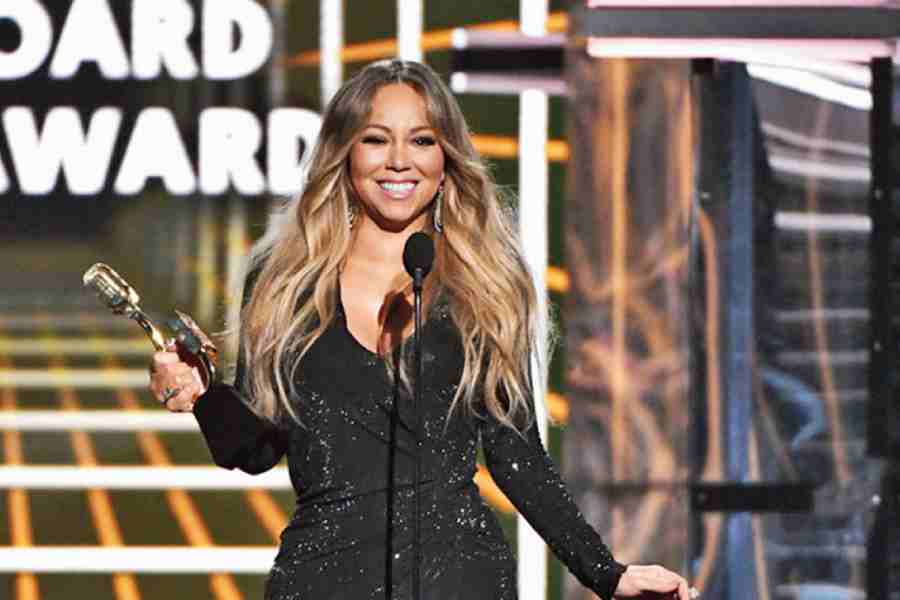Horror comedy? Yes. Horror with a social message? Yes. Horror with erotica? Yes. Pure horror? What’s that?!
When was the last time Bollywood made a horror film without depending on the crutch of other genres? Honestly, we really can’t remember. At a time when Hollywood, and world cinema as a whole, is reinventing the horror genre in myriad ways, Bollywood is stuck in a rut, with even its minor experiments with horror yielding results that are only semi-watchable at best, and horrific (not in the way they should be) at worst.
Rise and fall
Apart from Mahal and Madhumati, when asked to name my favourite horror films in Hindi cinema, the last I can think of is Bhoot, that was made 19 years ago. Even further back is Raat, that turned 30 this year. What is noteworthy is that both were made by Ram Gopal Varma, who can well and truly be credited with wrenching the genre from the Ramsay Brothers, whose horror fare in the ’80s pushed the genre into the chintzy mess whose consequences can be felt even today. Their Bandh Darwaza, Purani Haveli and Purana Mandir can only be watched if one is feeling particularly masochistic or after downing a few pegs of some extremely cheap liquor. Or maybe both.
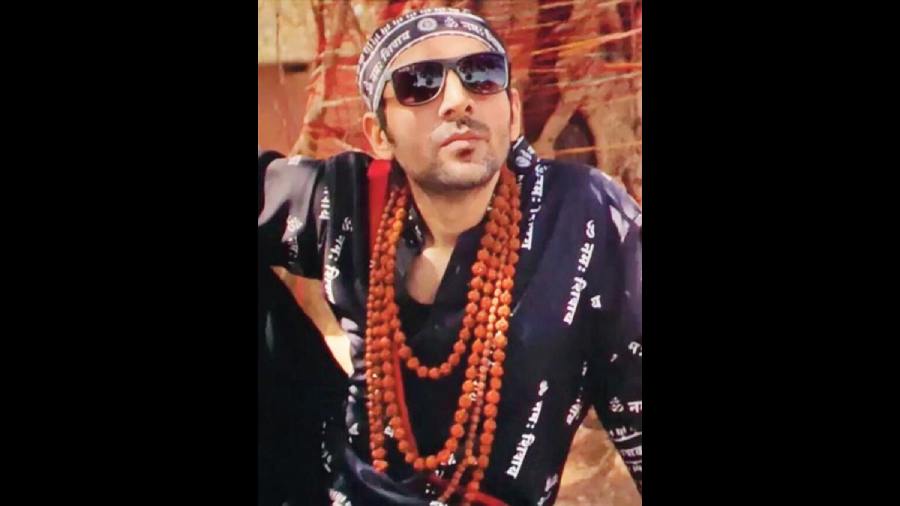
BHOOL BHULAIYAA 2’s blockbuster run at the box office has given a fillip to the horror-comedy sub-genre
Unfortunately, RGV’s creativity plumbing to shockingly low depths also affected the horror films he made later — Phoonk, Agyaat and Bhoot Returns are a few examples — and the genre then passed on to the hands of the Bhatts, whose profitable attempt to remake the Holly hit What Lies Beneath as Raaz, gave them the idea to not only kick off a franchise, but also marry middling horror with erotica. Emraan Hashmi locking lips in every Raaz film hence became another kind of horror story and the genre — the term ‘horrex’ was the only imaginative bit — plunged to the lowest depths with Ragini MMS 2, Creature, Alone and the like.
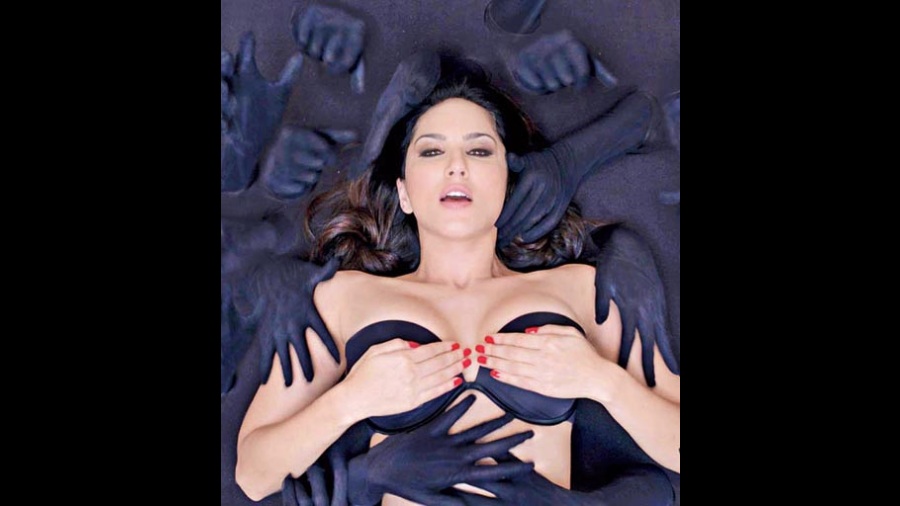
For many years, horror in Hollywood became synonymous with ‘horrex’, like in RAGINI MMS 2
Horror-Plus
Hindi horror, at present, is not just horror. Horror-comedy, social horror, creature comedy and, of course, mumbo-jumbo define the genre.
Film-maker Anurag Kashyap, who had directed a segment in Netflix’s Ghost Stories and helmed the recent science fiction-horror film Dobaara, believes that pure horror in Bollywood doesn’t have the kind of backing that it should have. “Horror has a big audience in India but not enough films are made and very little experimentation happens in that genre here. In our cinema, horror is often associated with sin and hence, you have those erotica-based horror films which do make a lot of money but aren’t essentially good films. It’s mostly the B-movie zone that we have relegated horror to. But I think dheere dheere evolve ho raha hai. The horror films that are coming in from outside are doing so much business. Which shows that the audience is already there… as film-makers, we need to explore more,” Anurag tells The Telegraph.
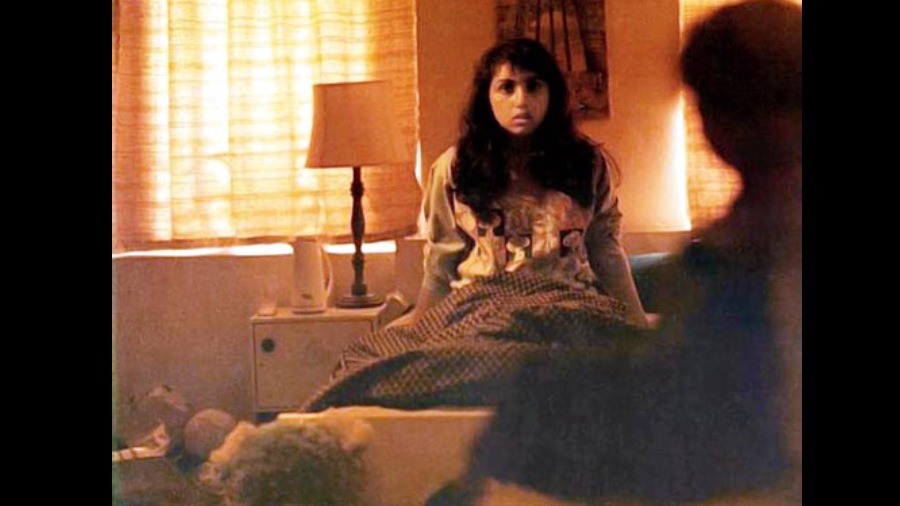
RAAT was an early winners in the pure horror genre
The fact that India has a good market for horror is illustrated by the fact that The Conjuring films have found one of their biggest markets in this country.
Patrick Graham, who has made horror fare like Ghoul and Betaal, agrees with Anurag Kashyap that horror in Hindi cinema needs to be rescued from the B-zone it is stuck in. “Horror in India really needs to be moved out of this trash category it’s been largely relegated to. Horror doesn’t have to be this childish, titillating piece of nonsense which has to tick certain boxes and have a jump-scare every three minutes. That’s not what horror has to be. It doesn’t have to be a Halloween special aimed at young teenagers, you know. It can be mature and like any other good story, horror should have solid drama. When people make horror, they feel they need to tick the jump-scare and titillating scenes boxes and they feel that just because it’s horror, they don’t need to write a good story. But the truth is that if you don’t have a good story in any film, it can turn out to be utterly rubbish,” is how Graham breaks it down for The Telegraph.
The fact that horror doesn’t function as a pure genre in Bollywood is illustrated by Vicky Kaushal, while promoting his supernatural film Bhoot —Part One: The Haunted Ship, telling The Telegraph that when approached with the 2020 film, he was “shocked” that the film didn’t have “at least a couple of songs”. I thought, ‘Ismein pucca kuch romantic hoga… ismein pucca paanch gaaney honge’… I was trying to find a remix song possibility in the film. I read the script and I was very surprised to know that there was no such thing. It was just pure horror. From the first page to the last, it was sticking to the story… there was no unnecessary romantic subplot,” Vicky had said then. Bhoot was a disaster at the box office, and there hasn’t been any talk of Part Two since.
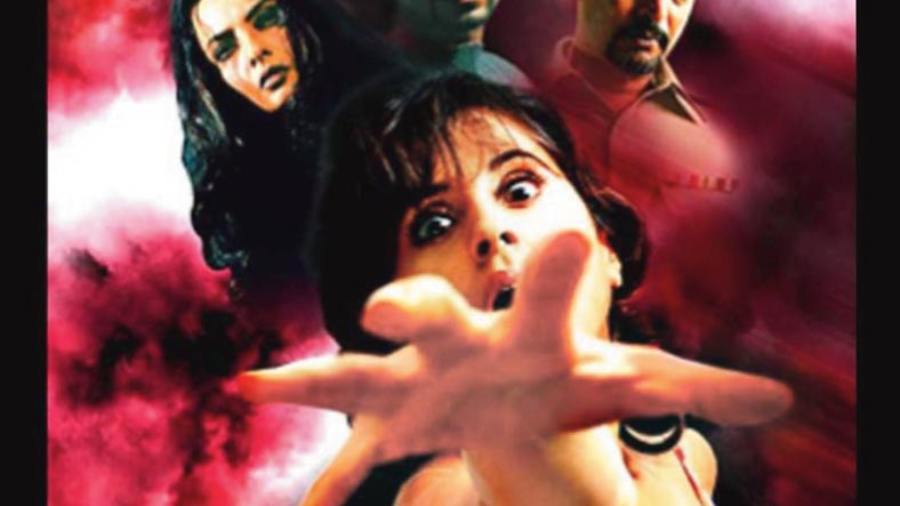
BHOOT was an early winners in the pure horror genre
Genre Mish-Mash
As it stands now, horror in Bollywood has to be propped up and padded with other elements to make it ‘mainstream’. In 2007, Bhool Bhulaiyaa, starring Akshay Kumar and Vidya Balan, experimented with horror comedy, and became a runaway hit. A few other films in the genre followed, most of which fell by the wayside. Go Goa Gone was Bollywood’s first attempt at zombie comedy and though well received, it didn’t do much for the genre. This Friday will see the release of Phone Bhoot, with Katrina Kaif in the lead, in what looks like a desi answer to Ghostbusters. We aren’t too sure about this one.
Horror tempered with social commentary is a bankable genre in Hollywood today, thanks in no small measure to Jordan Peele and his films like Get Out and Us. Four years ago, Stree, starring Rajkummar Rao, Pankaj Tripathi and Shraddha Kapoor, winningly married horror with urban legend, comedy, folklore and social commentary to make a killing close to Rs 200-crore at the box office. Its success proved to be a turning point for the genre, but Pari in the same year and Chhorii, that released in 2021, though well-intentioned lacked inventiveness, and didn’t leave a mark.
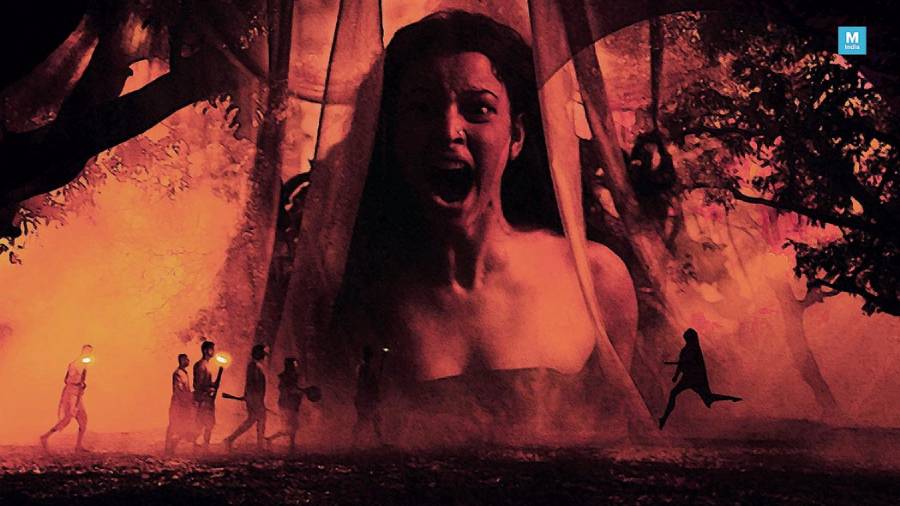
BULBBUL turned the feminist revenge theme on its head with a blend of folklore and social commentary
But Bulbbul,a powerfully rendered feminist, revisionist tale of a woman wronged, told through the trope of horror, worked very well for Netflix. So did Tumbbad, perhaps the best example of homegrown horror in recent times.
Stree director Amar Kaushik is now back with Bhediya, billed as India’s “first creature comedy”. Set to release in end-November, the film has mainstream stars like Varun Dhawan and Kriti Sanon and was shot almost wholly in Arunachal Pradesh. The werewolf genre, which Bhediya as its name suggests falls into, is practically untouched in Bollywood and one hopes that the film finds a lot of takers, like Bhool Bhulaiyaa 2 did earlier this year.
But the trailer of Bhediya has more laughs than scares and the makers have just released a song called Thumkeshwari, which simply illustrates what we have been trying to say all along... that horror in Hindi films will take some time at least to just rely on the spook factor.


